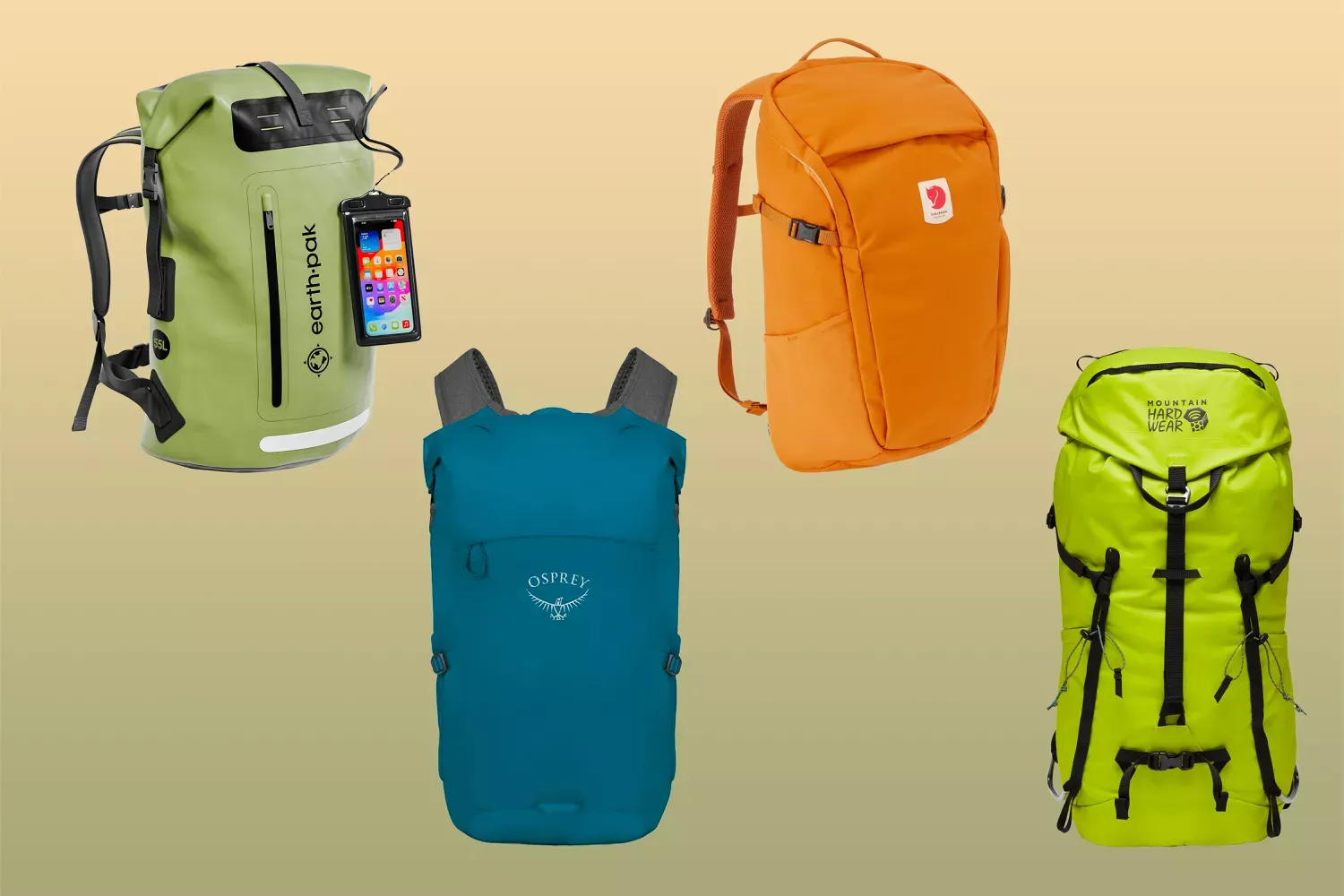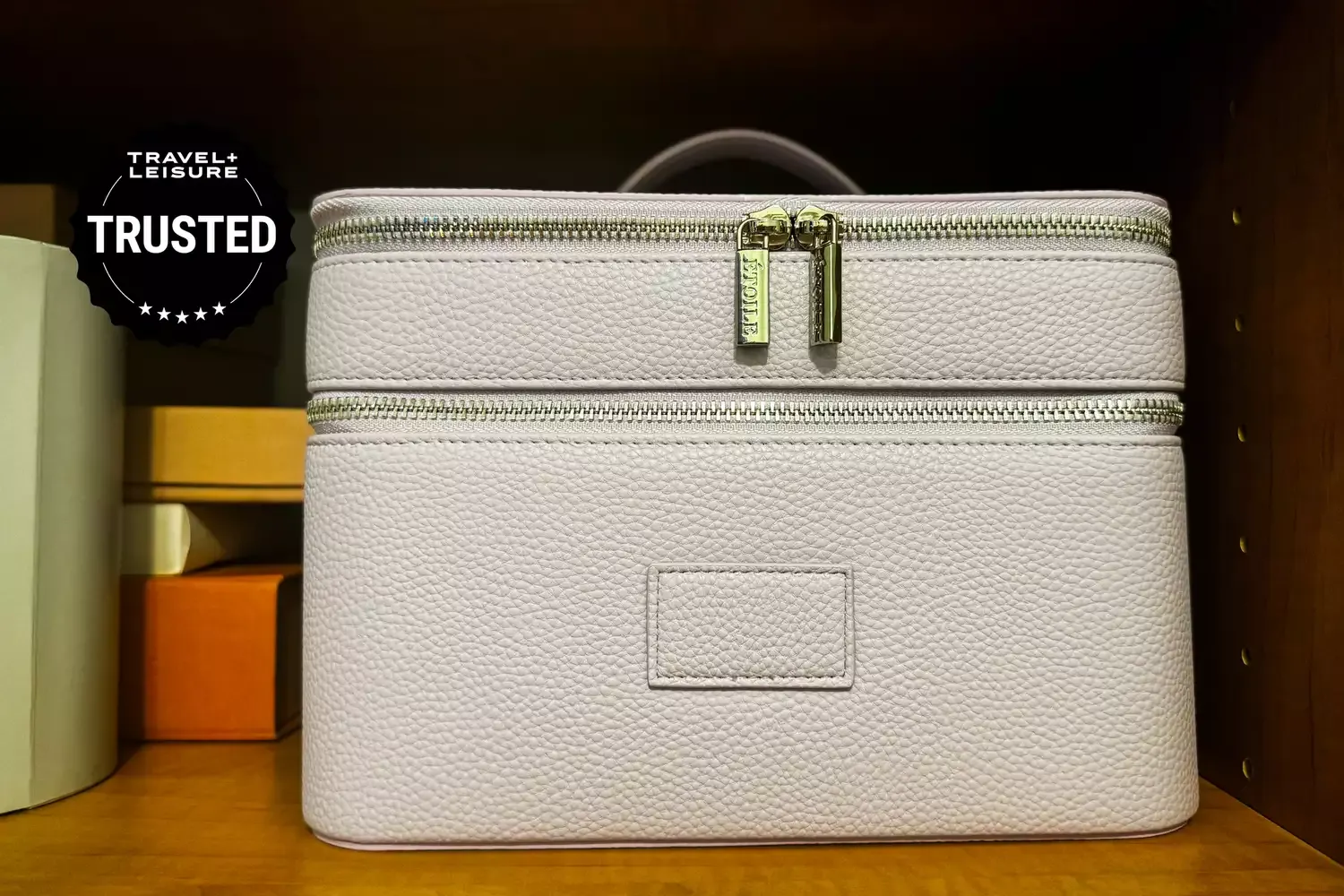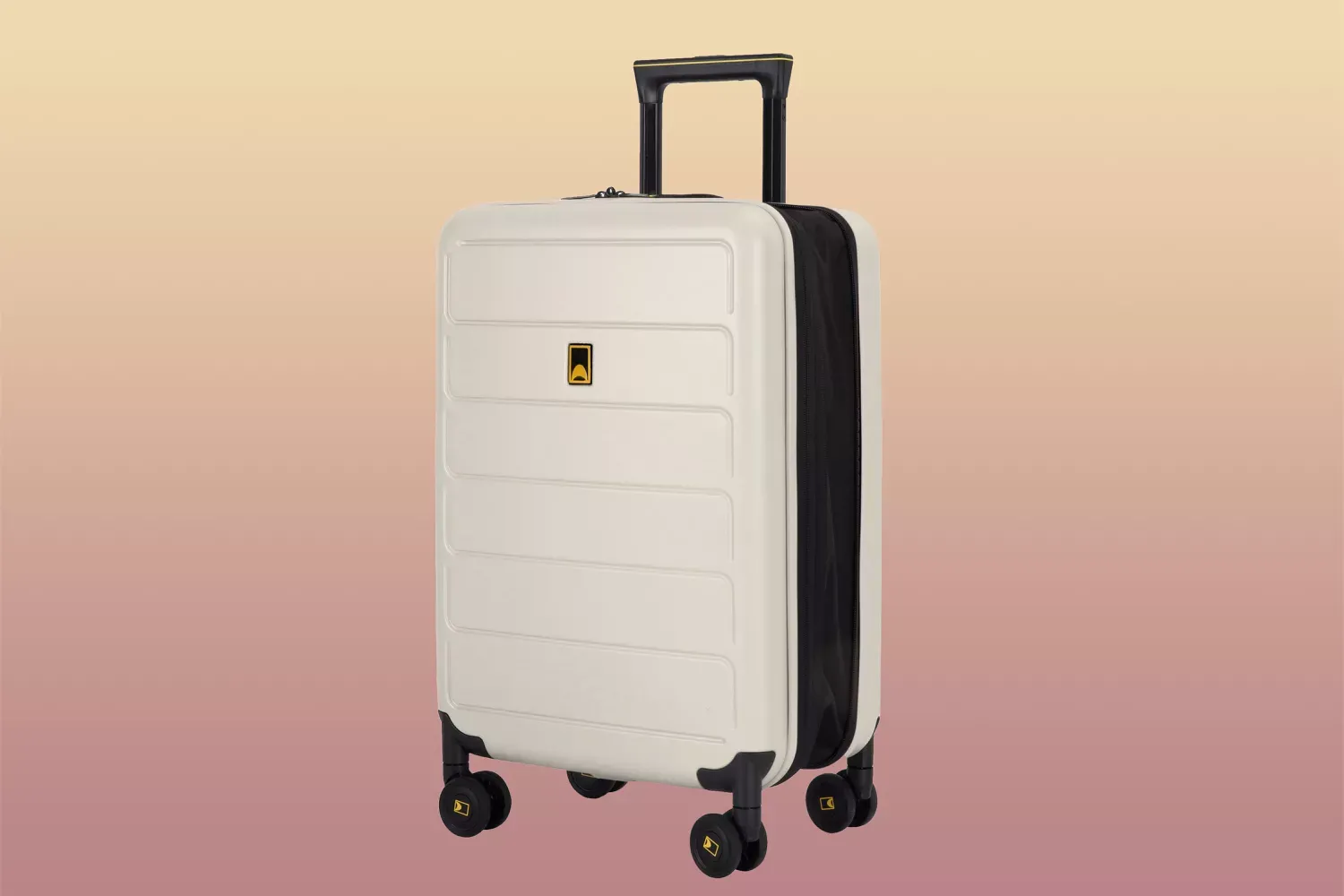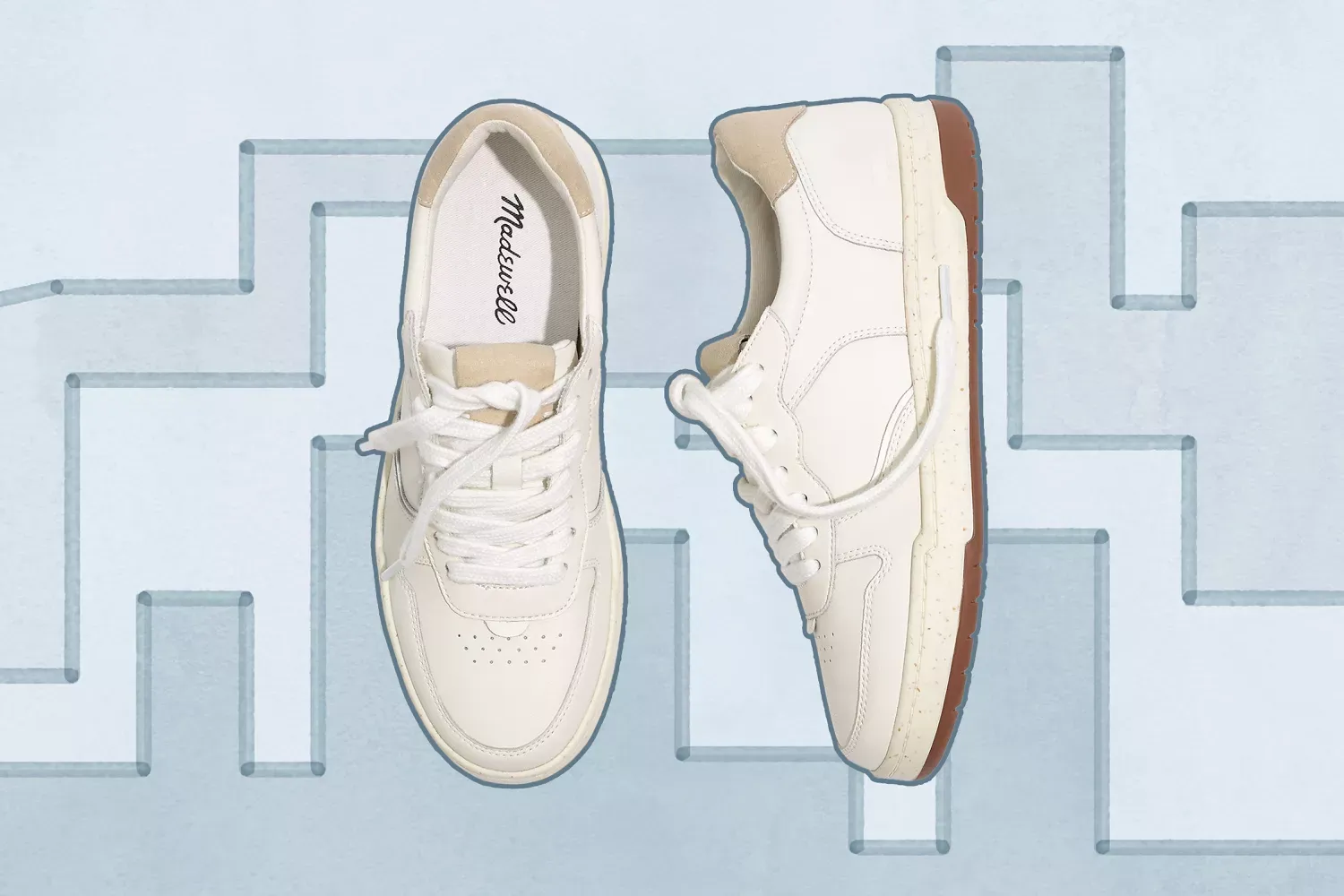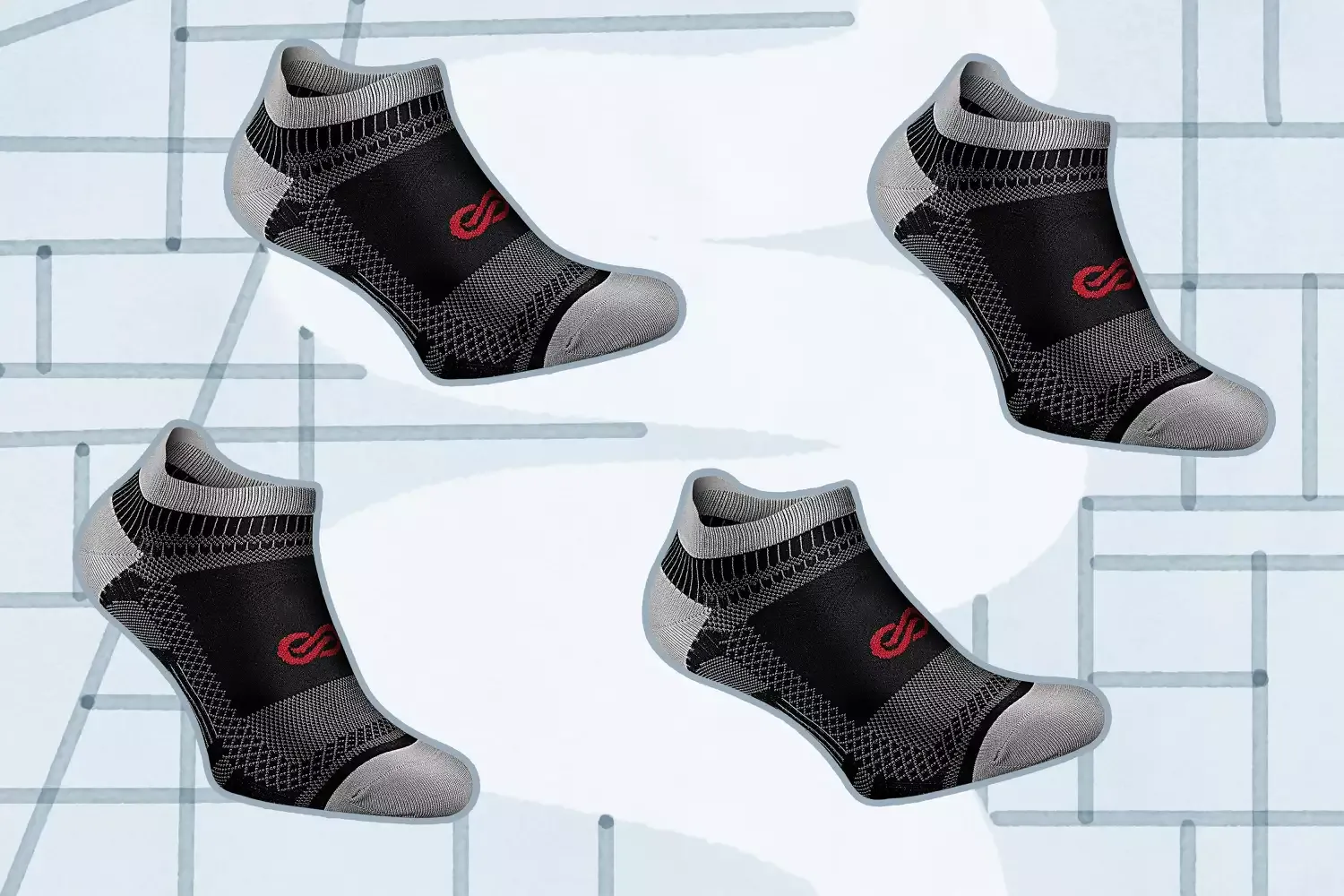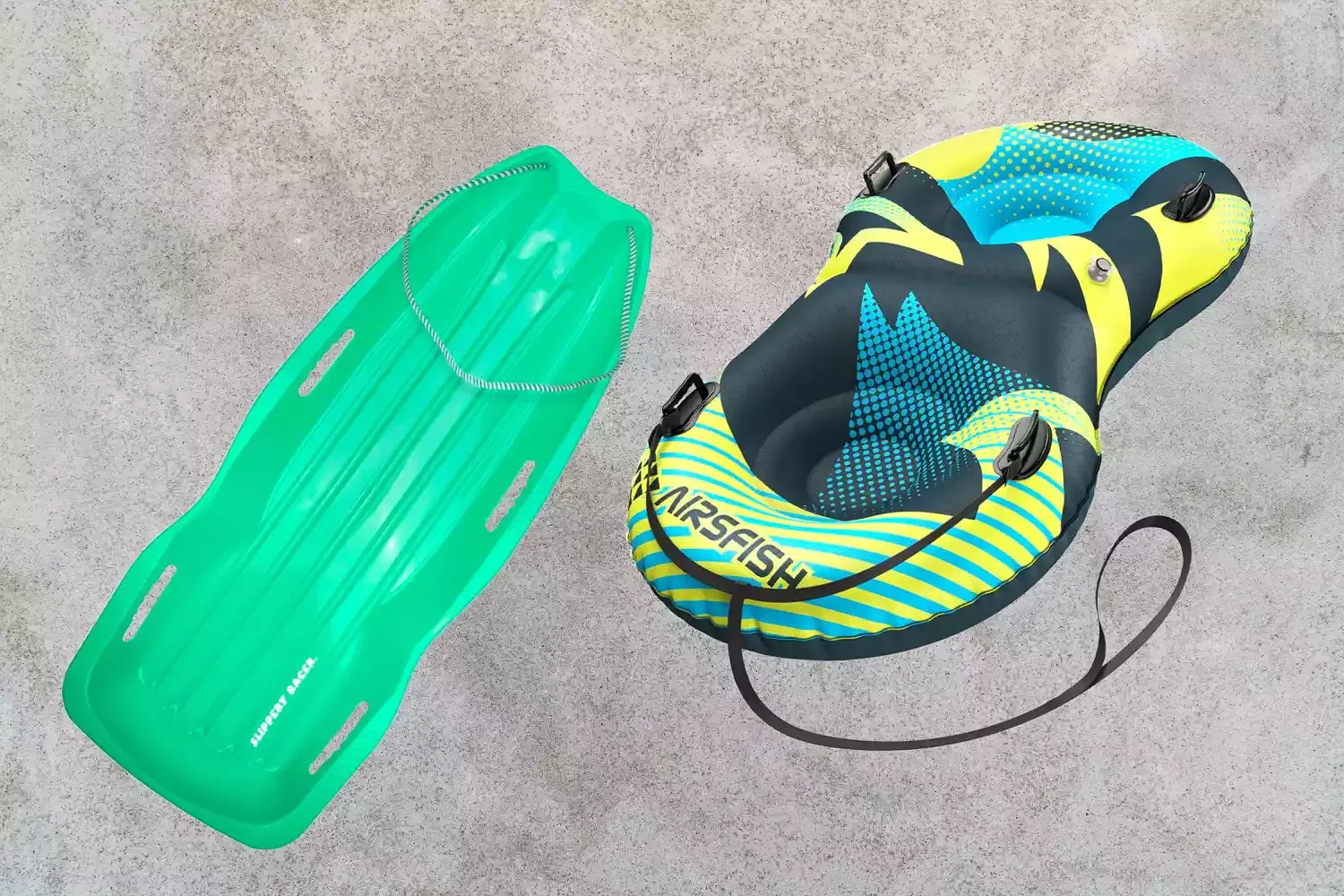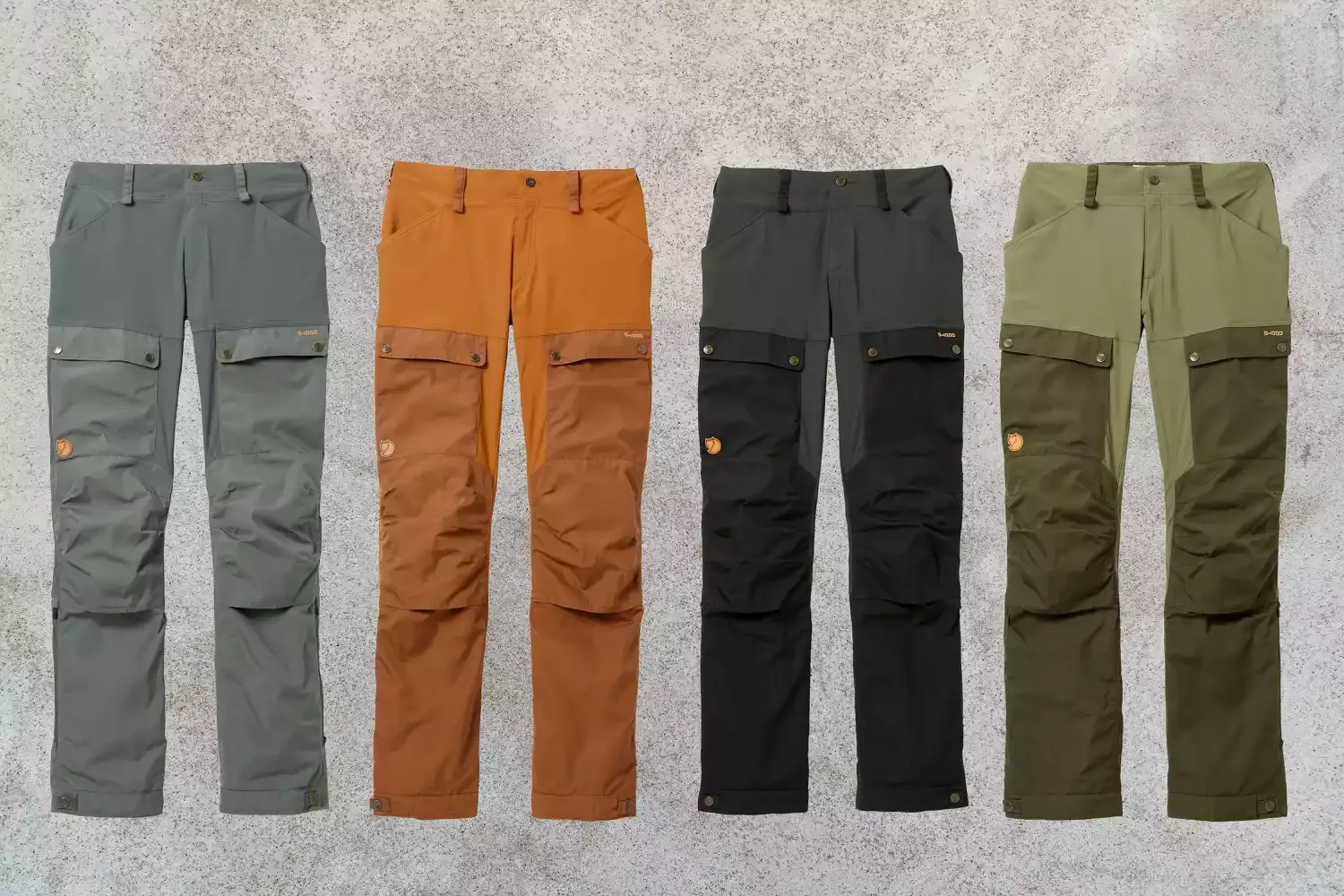Packing your backpack incorrectly can sabotage your adventure! A common mistake is improper weight distribution. Placing heavy items too low throws off your balance, increasing fatigue and risk of injury. Seasoned hiker who's trekked all 7 continents advises packing heavy items closer to your back and higher up for a more stable and enjoyable trek. Avoid this simple mistake and optimize your backpacking experience!
The One Backpack Mistake: Improper Weight Distribution
The secret to a happy back on the trail lies in proper weight distribution. Specifically, carrying too much weight too low in your backpack. This shifts your center of gravity, forcing you to lean forward excessively to compensate. This constant forward lean places undue stress on your lower back, leading to pain, fatigue, and an increased risk of injury. Imagine trying to balance while carrying a heavy bucket near your knees – you'd be off-balance instantly! The same principle applies to your backpack.
Think about it. Your body is designed to carry weight vertically, aligned with your spine. When the heaviest items are located in the bottom of your backpack, your muscles are forced to work harder to maintain an upright posture. This leads to faster fatigue and a greater chance of developing muscle strains and sprains. This can be particularly detrimental on challenging terrain, where balance and agility are crucial.
Why People Make This Mistake
Several factors contribute to this common error. Often, it stems from a desire for easy access. Hikers might think, "I want my rain gear readily available," and stuff it at the bottom. Others might haphazardly throw items into their backpack without considering the weight distribution. Another culprit is simply not understanding the principles of effective packing. Newer hikers often prioritize volume over strategic placement, resulting in a poorly balanced load.
The Consequences of Poor Weight Distribution
The repercussions of carrying too much weight too low in your backpack can range from minor discomfort to serious injury. Here's a breakdown:
Back pain: Lower back pain is the most common complaint. The constant strain on your spinal muscles can lead to aches, stiffness, and even muscle spasms.
Shoulder and neck pain: To compensate for the imbalance, you might unconsciously shrug your shoulders or crane your neck, leading to pain and tension in these areas.
Fatigue: Your muscles are working harder to maintain balance, causing you to tire more quickly. This can shorten your hiking days and reduce your overall enjoyment.
Balance issues: A lower center of gravity makes you less stable, especially on uneven terrain. This increases your risk of falls and injuries.
Reduced agility: A poorly balanced backpack restricts your movement, making it harder to navigate obstacles and react quickly in challenging situations.
How to Correctly Pack Your Backpack
Fortunately, correcting this mistake is relatively simple. Follow these guidelines to ensure proper weight distribution and a more comfortable and enjoyable trek:
Heaviest items in the middle and close to your back: Place heavy items like your water reservoir, food bag, and tent (if it's particularly heavy) as close to your spine as possible, and between your shoulder blades. This positions the weight directly over your center of gravity.
Medium-weight items above the heavy items: Items like extra layers, cooking gear, and toiletries should go above the heavy items, closer to your shoulders.
Lighter items at the bottom: Sleeping bag, down jacket, or other bulky but lightweight items should be placed at the bottom of your backpack. This helps to fill out the space and provide a comfortable base.
Small, frequently used items in external pockets: Snacks, sunscreen, a headlamp, and other items you'll need quick access to should be stored in external pockets or the top lid of your backpack.
Adjust your backpack straps correctly: Ensure your hip belt is snug and carrying the majority of the weight. Adjust the shoulder straps to bring the backpack closer to your back, and use the load lifter straps to pull the weight upward and inward.
Weight Distribution and Hiking Style
Different hiking styles and terrain might require slight adjustments to your packing strategy. Here's a general guide:
Hiking Style/Terrain |
Weight Distribution Strategy |
Rationale |
|---|
Day Hiking on Easy Trails |
Slightly lower center of gravity is acceptable. |
Less demanding terrain allows for more flexibility. Focus on easy access to essentials. |
Multi-Day Trekking on Moderate Terrain |
Prioritize heaviest items close to the back and high in the backpack. |
Consistent weight distribution is crucial for long distances and varied terrain. |
Mountaineering/Scrambling on Steep Terrain |
Even higher center of gravity, with weight closer to the shoulders. |
Improves balance and agility for challenging ascents and descents. Minimizes the risk of the backpack throwing you off balance. |
Practice Makes Perfect
The best way to master the art of backpack packing is to practice. Before your next trek, pack your backpack as if you were going on the trip. Wear it around your house or take it for a short walk to see how it feels. Make adjustments as needed until you find a comfortable and balanced load. Remember, a well-packed backpack is not just about carrying your gear; it's about protecting your body and ensuring a safe and enjoyable adventure. By avoiding this one critical mistake – improper weight distribution – you'll be well on your way to conquering your next trek, no matter which continent it takes you to.

